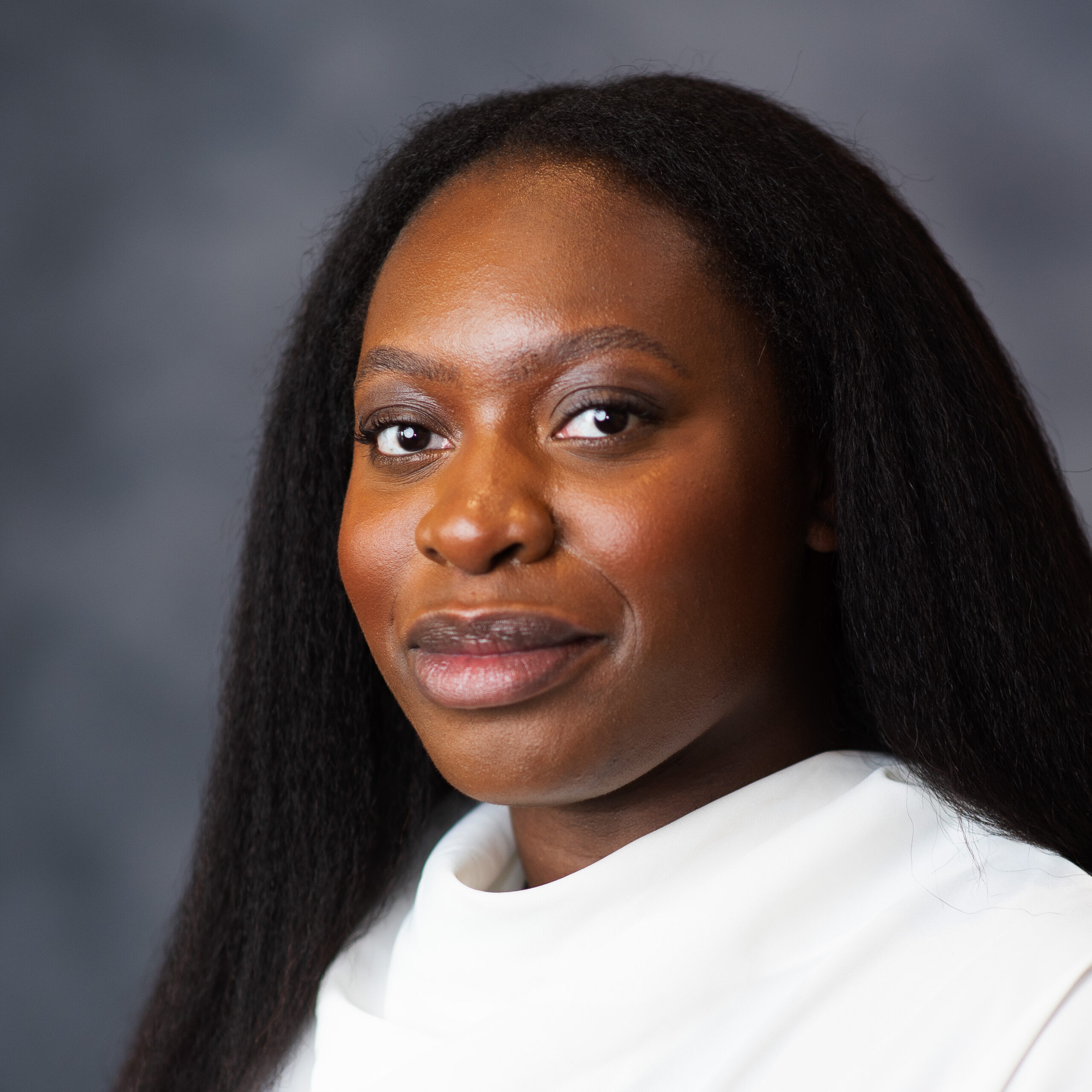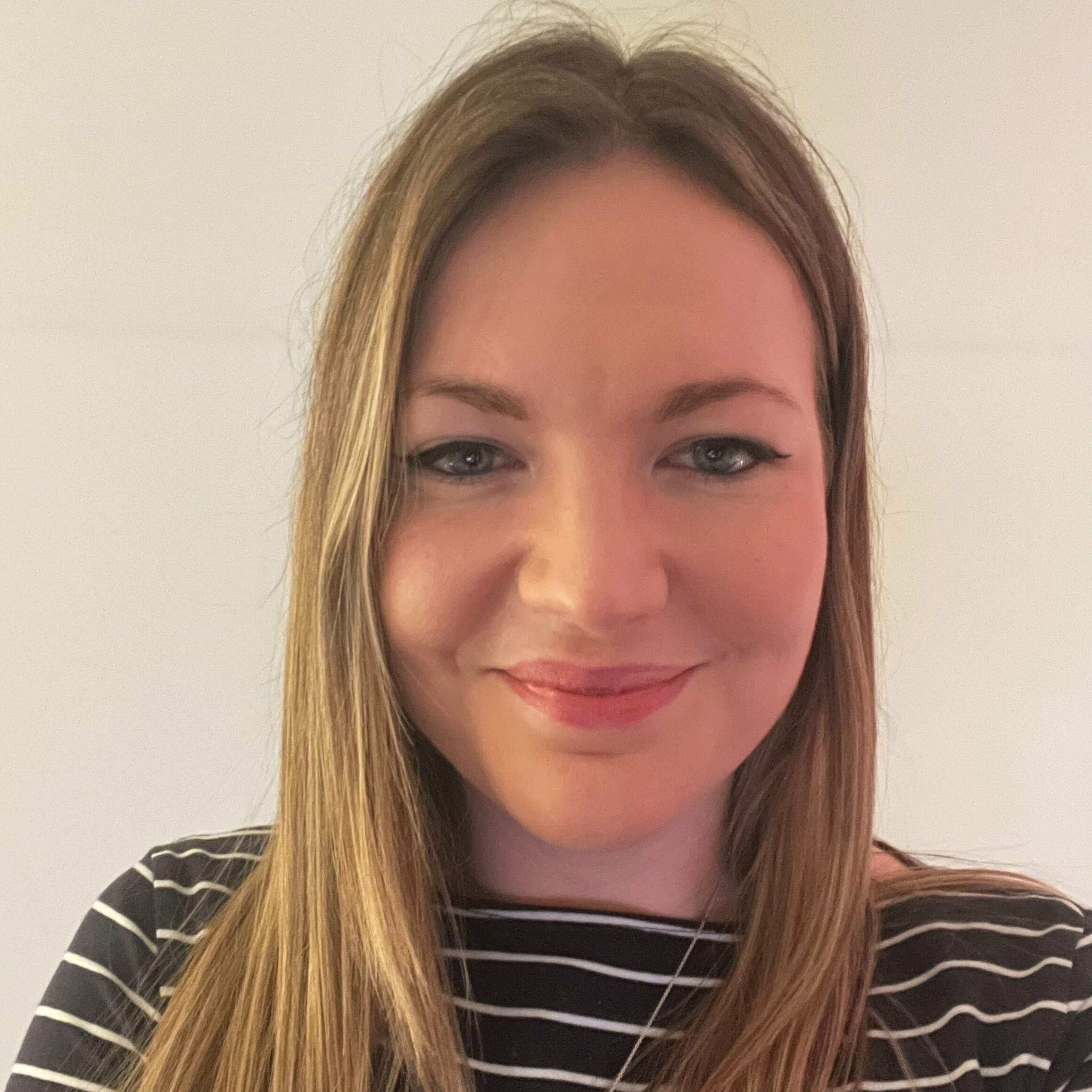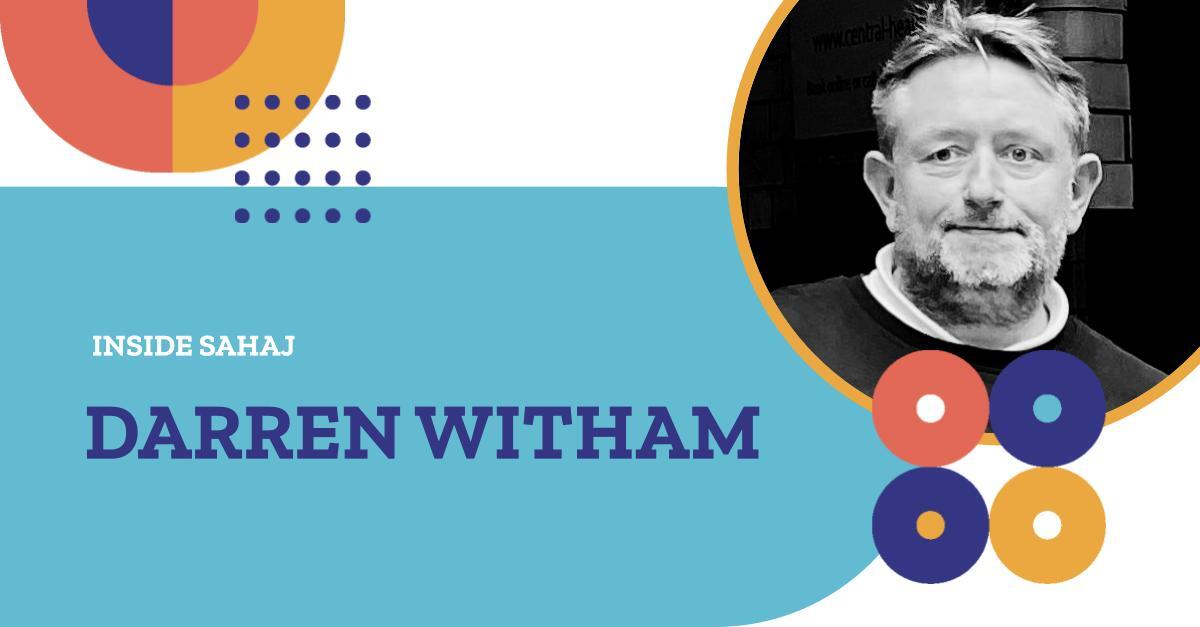
At Sahaj Software, people own the dreams, ideas, ideologies, successes and failures as a collective. This synergy is rooted in an ethos of honesty, respect, trust, and equitability.
In the “Inside Sahaj” series, we meet the people who make Sahaj Software what it is, learning what inspires them, keeps them motivated, and drives their journeys in the world of tech
In this edition, we meet Darren Witham to explore how the Org Builder role differs from traditional recruitment, and what an ideal candidate looks like at Sahaj.
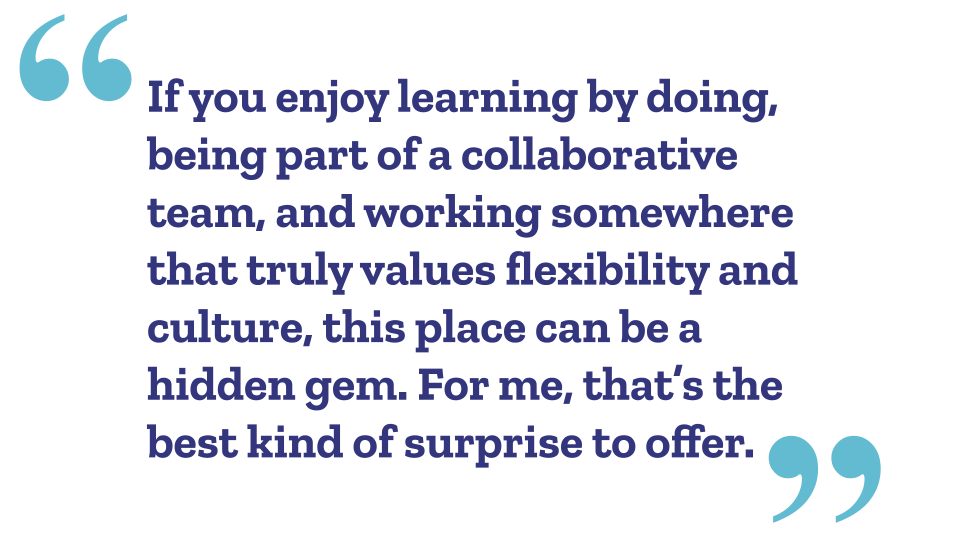
You’re known for running half marathons. How did you get started, and what keeps you motivated?
About nine years ago, I decided it was time to make a change. I’d never really been into fitness before; I didn’t go to the gym and rarely walked anywhere.
But I reached a point where I knew I had to do something about my weight and overall health. A big part of that was wanting to be healthier for my son. He was three at the time, and I realised I didn’t have any pictures with him because I felt so self-conscious. That really hit home and gave me the push I needed.
I joined a local gym and started a weight management programme that combined fitness and nutrition, ending with a 5k run. It was a challenge at first, but fast-forward five or six years, and I was really heavily into fitness. From there, I moved on to park runs and 10ks, eventually setting my sights on the London Landmarks Half Marathon.
Training five days a week for three months was intense, but crossing that finish line felt like an incredible achievement.
Looking for a new challenge, I took on the Three Peaks. It was a completely different kind of challenge, both physically and mentally. I only managed two peaks, but those 24 hours of climbs, views, and unexpected challenges were among the most rewarding I’ve experienced.
More recently, I ran the Seville Half Marathon, which was special because I love the city. Tying my passion for running to personal places and memories makes the experience even more meaningful for me
What keeps me going is that feeling of self-reward; setting a tough goal, putting in the work, and seeing it through. Whether it’s three miles or thirteen, that sense of achievement is huge. Right now, I’m not quite where I want to be. I’ve had some injuries and I’m further away from my peak than I’d like to be, but I know what it takes to get back there. It really is just about being determined, staying focused, and putting one foot in front of the other, literally.
It sounds like a cliché, but that’s all it is: showing up, training, and sticking to the plan. You will get there, and when you do, it’s one of the most rewarding feelings.
How does the org builder role differ from recruitment roles you’ve had in the past?
From 1994 to 2017, I worked mainly in agency recruitment, mostly in the tech sector across industries like banking and services. In agencies, it’s all about consistently delivering for both clients and candidates, and earning their trust.
As an org builder at Sahaj, I’m still recruiting, but the context is very different. I’m focused on one company now, yet it doesn’t feel narrow. Because Sahaj is a services company, I still get to talk about a variety of clients, projects, and technologies. That variety keeps it interesting.
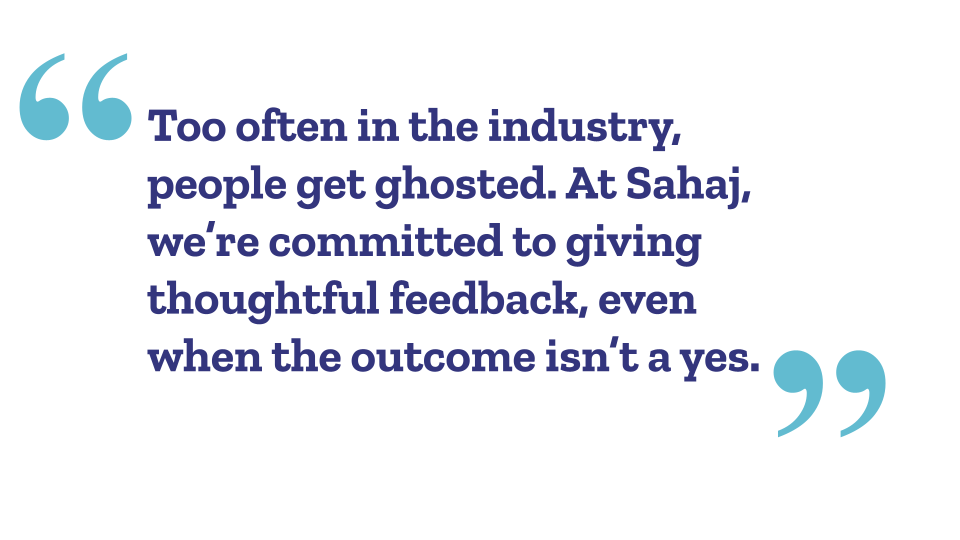
What’s really different is how integrated I am with the business. I work closely with sales, engineering, and delivery teams. If I need clarity or feedback, I can simply ask, eliminating the waiting often found in agency roles. I also have more control over the hiring process and can collaborate directly with stakeholders to improve how we do things.
Another big shift is the feedback culture here. I’ve always believed candidates deserve a response, especially when they’ve invested time in interviews. Too often in the industry, candidates are ‘ghosted. At Sahaj, we’re committed to giving thoughtful feedback, even when the outcome isn’t a yes. It’s about respect and helping people grow. Candidates deserve clarity, and we want to be one of the companies that gets it right.
So, while the basics of recruitment remain, this role feels more collaborative, more connected, and ultimately, more meaningful. I’m not just filling roles; I’m helping shape the company.
How has your exposure to coding helped your role in recruitment?
I’ve always been curious about how things work, especially in tech. I started out in infrastructure recruitment back when offices had big desktop machines, cables everywhere, and small data rooms for daily backups. It was all physical, and easy to see how it connected. But as software started taking over, I realised I needed to understand more than just the hardware side of things.
I wouldn’t say I’m naturally analytical or mathematically minded, so coding always felt like a stretch. But over time, working with engineers and asking questions, I’ve started to pick up some of the basics. I’ve only really scratched the surface, but even just understanding some of the terminology and how development teams work day to day has helped me get a better sense of how everything fits together.
In a small, close-knit company like ours, I think it’s important to understand not just what people do, but how and why they do it. I’m not the one doing the technical interviews, but I do get a sense early on whether someone would be the right fit. And the more I understand from the team about the tools, the tech, and the way we work, the better I can support that process.
I wouldn’t say I’m ready to take part in a tech interview, but it’s something I’d like to be more involved in one day, even if just to follow along. There’s still a lot to learn, and probably always will be. The way things change in tech, what you know today can shift tomorrow.
That’s part of what makes this job interesting. Recruitment can feel repetitive at times, especially when you’re deep in CVs, but having a clearer picture of what we’re really looking for makes it easier to spot the right people. And when new technologies come up—AI being a big one at the moment—I’m always keen to learn a bit more so I can understand what our clients and candidates are excited about. It keeps things fresh and keeps me learning.
Where do you see the differences in our recruitment process compared to other organisations?
Every company has a different recruitment process, but this is the first place I’ve worked where we send out a detailed code assignment right at the start. It’s a three-to-four-hour challenge, which is quite a bit more involved than the usual quick assignment or pairing session. At first, I was unsure, mainly from an efficiency standpoint, but over time, I’ve come to see the value: it acts as a great filter. If someone isn’t willing to put in the effort, they’re probably not the right fit anyway.
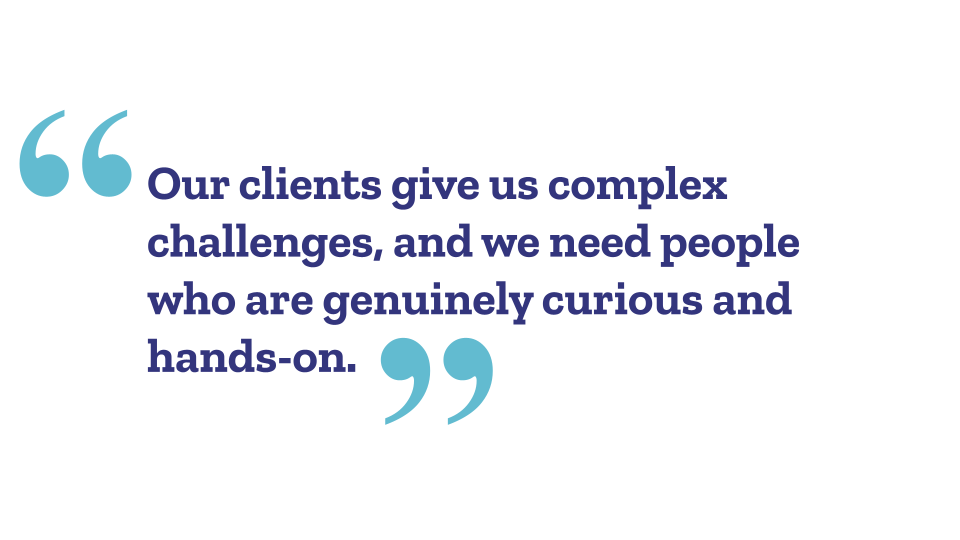
That said, the trade-off is real: we do lose candidates early, especially in a busy market where other companies offer faster, simpler processes. Out of 75 people I once reached out to, fewer than half attempted the challenge. But we’re not just trying to fill seats; we’re looking for people who will thrive here.
To make it more flexible, we’ve started offering in-person pairing sessions as an alternative, which helps us move faster and get a better read on candidates. It’s very different from places I’ve worked before, where speed was the priority, even at the cost of quality. Our process takes longer, but it helps avoid those costly mistakes.
Still, I’d love to see us evolve it, maybe tighten the challenge to two hours while still keeping it meaningful. It’s tough when candidates invest time and don’t make it through, so anything that improves that balance would be a win.
We’ve found that if someone isn’t up for solving problems or showing initiative early on, they’re unlikely to thrive here. Our clients give us complex challenges, and we need people who are genuinely curious and hands-on. That’s why the technical screen matters so much; it exposes gaps that a CV alone won’t show.
When you’re having those first conversations with people, what tends to surprise them the most about working here?
Definitely the size of the company. Most people don’t know who we are, and while that could be seen as a downside, I actually think it’s exciting. Once I explain what we do, people get interested.
We’ve had some amazing projects, like the Great Barrier Reef work. That one, in my opinion, should be on every billboard. It’s such a standout piece of work that I still bring it up in conversations. I also make a point of chatting with folks internally, just to keep up with what we’re doing, like the Springer Nature project and our outdoor advertising clients. People really connect with those stories.
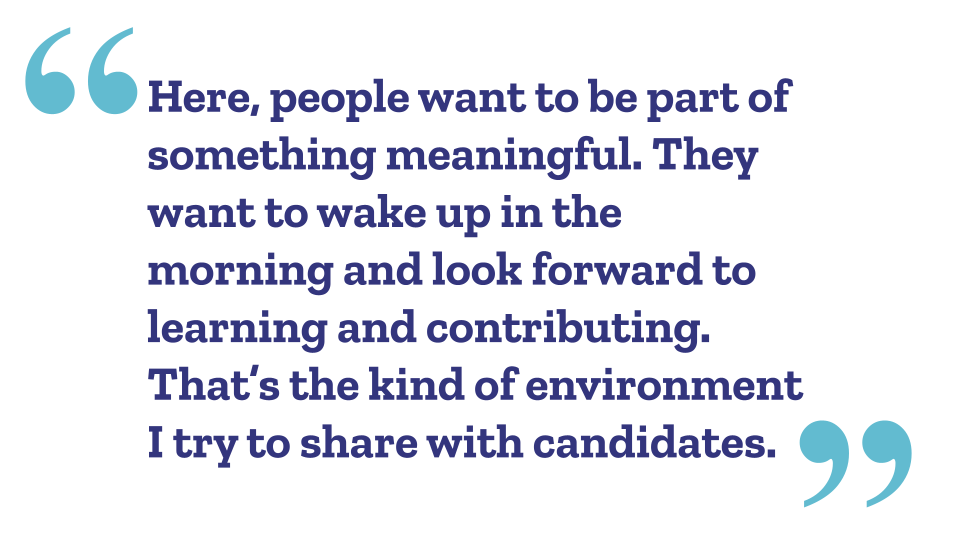
The flexibility here surprises people too. It’s something they don’t really understand until you explain it. Things like unlimited annual leave come up a lot in conversations. It’s designed so you can take what you need and balance life with work. People work hard here and deliver for clients, so having that flexibility is important. For me, it comes down to culture, the projects we work on, and the flexibility we offer. No matter what level you’re at, that freedom is valuable.
Another thing people really like is the chance to grow. One day you might be doing discovery work, the next delivering a project, or even shifting your hours to meet deadlines. That variety suits people who are flexible and want to get involved. Here, people want to be part of something meaningful; they want to wake up in the morning and look forward to learning and contributing. That’s the kind of environment I try to share with candidates.
If you enjoy learning by doing, being part of a collaborative team, and working somewhere that truly values flexibility and culture, this place can be a hidden gem. For me, that’s the best kind of surprise to offer.
If you could have a superpower that you could only use at work, what would it be?
It’s tempting to say “instant hires”—just snap your fingers and the perfect candidate appears. But honestly, that would get boring. I’d rather have something like a genuineness detector. Not to predict if someone will pass the tech test, but just to know from the first conversation if they’re truly interested. It would save a lot of time and help focus on people who are really engaged.
You get a lot of calls where the candidate is just being polite, and then they vanish. If I could sense that early, it would make the whole process smoother. Because the real satisfaction in this job is finding someone a role they’ll thrive in. That’s the best bit.
I didn’t plan to go into recruitment, it just sort of happened. Over time, I got better at the parts I used to find tough, like talking to people and really understanding what they’re after. Now, especially here, it’s great to see people succeed in the roles we place them in.
Of course, it can be stressful. You want every candidate to be “the one,” but it doesn’t always work out. And you do question yourself when that happens. Engineers, in particular, can be tricky to assess; they’re often brilliant but reserved. The quiet ones are sometimes doing the best work; they just don’t shout about it. Finding those people is hard, but when you do, it’s incredibly rewarding.
It’s definitely a challenge—but one I’d recommend to anyone.
